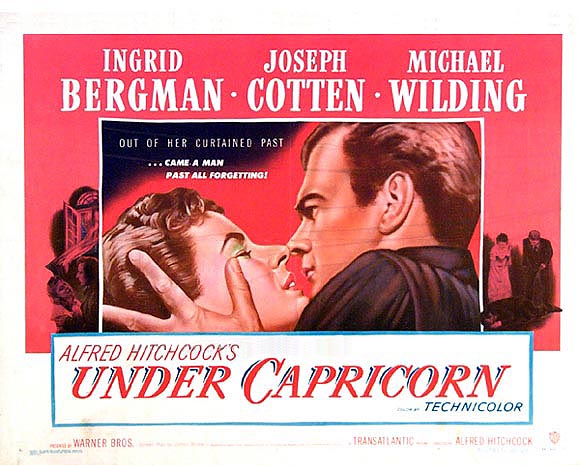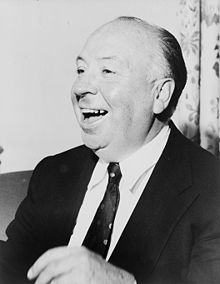From the list, I selected Strangers on a Train, but my favorite is Suspicion. Cary Grant and Joan Fontaine are the best! And I know all about the studio-imposed botched ending, but I prefer to think he killed Monkey-Face when they returned home. I think that's a reasonable read on the ending if you paid attention.



 Reply With Quote
Reply With Quote




 I voted for Rear Window, but can you REALLY choose?
I voted for Rear Window, but can you REALLY choose?




































